Today we've got a wonderful little teeny tiny SSD to take a look at, the Corsair MP600 Mini 2TB. This M.2 2230 PCIe 4.0 drive claims to have "up to 7,000 MB/s read and 6,200 MB/s write" speeds on a PCIe 4.0 x4 package. Corsair claims, "The CORSAIR MP600 MINI provides great storage performance in a tiny package that’s ideal for the Steam Deck and Microsoft Surface, achieving rapid read and write speeds." Can this teeny tiny little drive hold up to the big claims? Let's dive in and see together!

When the Ryzen 3000 series was launched with the X570 platform chipset, one of the biggest new features was the addition of generation 4 NVMe solid state drive (SSD) technology. Team Group recently introduced the Cardea Zero Z440 M.2 PCIe SSD. This drive makes use of the new generation 4 technology that has been built into AMD X570 motherboards. They sent us a sample of their new drive to test out. If you’d like to learn more about this new technology, and see how it compares to other hard drive technologies, please follow along.
Advancements in SSD technology have allowed modern computers to boot faster and perform daily tasks more efficiently. When the first solid state drives appeared on the market it was the single biggest and most important upgrade one could do to increase overall system performance. At that time, the hard drive speed was bottlenecking most productivity tasks and even daily usage such as internet browsing. Fast forward more than 10 years and the story has not remained the same. While SSD’s do still offer a noticeable improvement in overall productivity and speed, they are not a magic bullet like they once were.
Below is the product line-up for the Cardea Zero Z440 Generation 4×4 SSD’s
![]()
Team Group ships the Cardea Zero Z440 in a very simplistic package. Often times with high-end computer components such as graphics cards we like to see high end packaging with die-cut foam and hinged boxes. However, in the case of a solid state drive or other related support equipment, the retail packaging is just not something that people save. We applaud Team Group for saving money here and giving us a simplistic package even though it’s a high-end product.
That being said, the packaging is still quite attractive for what it is. Just be careful when you cut it open as they have included a case badge sticker in the package.
Once out of the package we get an immediate feeling of quality. Although it’s seemingly a naked SSD, it does have some weight to it. If you’ve seen other generation 4 NVMe drives on the market, then you might have noticed that most of them are bundled with a large heatsink. The new generation 4 NVMe drives are said to produce more heat and thus require greater cooling.
The good thing is that Team Group provides a heatsink with this product right off that bat, but it’s slightly different from the competition and there’s a very good reason for this. The Cardea Zero Z440 has an extremely thin copper heat sink on the top side, and a customary product label on the back side. Coming in at a scant 1/64th of an inch it hardly qualifies as a heatsink by itself. However, we feel this is actually a benefit of the Cardea Zero SSD. We will put it to the test later on in this review.
Looking a line-up of X570 motherboard we see that all of the flagship, and many of the sub-tier motherboards come with integrated NVMe and M.2 heatsinks. Knowing that a high-tier SSD will likely be paired with a motherboard that has integrated heat sinks, Team Group makes this drive drop-in ready.
Purchasing one of the other drives, with a large integrated heatsink, one would have to potentially void the warranty to remove the heat sink and hide the drive beneath the integrated motherboard shield.
![]()
The objective is to put the Cardea Zero Z440 SSD to the test with a range of tasks. We will evaluate the performance if the drive and investigate what generation 4 has to offer the average user. To make things relevant and interesting, we will compare the results to a few other popular hard drives to give an overall impression of the speed.
Raw performance is not the only factor. We will also test the effectiveness of the ultra-thin heatsink design. First we will stress the NVMe drive with no heat sink. Once the baseline has been established, we will add the ASRock X570 Taichi heat sink and compare the results.

To measure drive temps and overall health, Team Group has a nice utility. Aptly named the SSD Toolbox, this utility has includes all the built in features you need to check the status of the drive.
![]()
Other than just the raw performance numbers, we want to see what this generation 4 drive offers and how it compares against older technologies. We have chosen three examples for comparison as seen below.

When it comes to synthetic benchmark speed, the Cardea Zero Z440 NVMe drive does not disappoint. We can see in the specifications listed above, the sequential read and write speeds are listed at a staggering 5000 MB/s and 4400 MB/s respectively.
When we put our drive to the test, we were pleasantly surprised that we in fact were able to achieve the effectively the same results as per the specification.
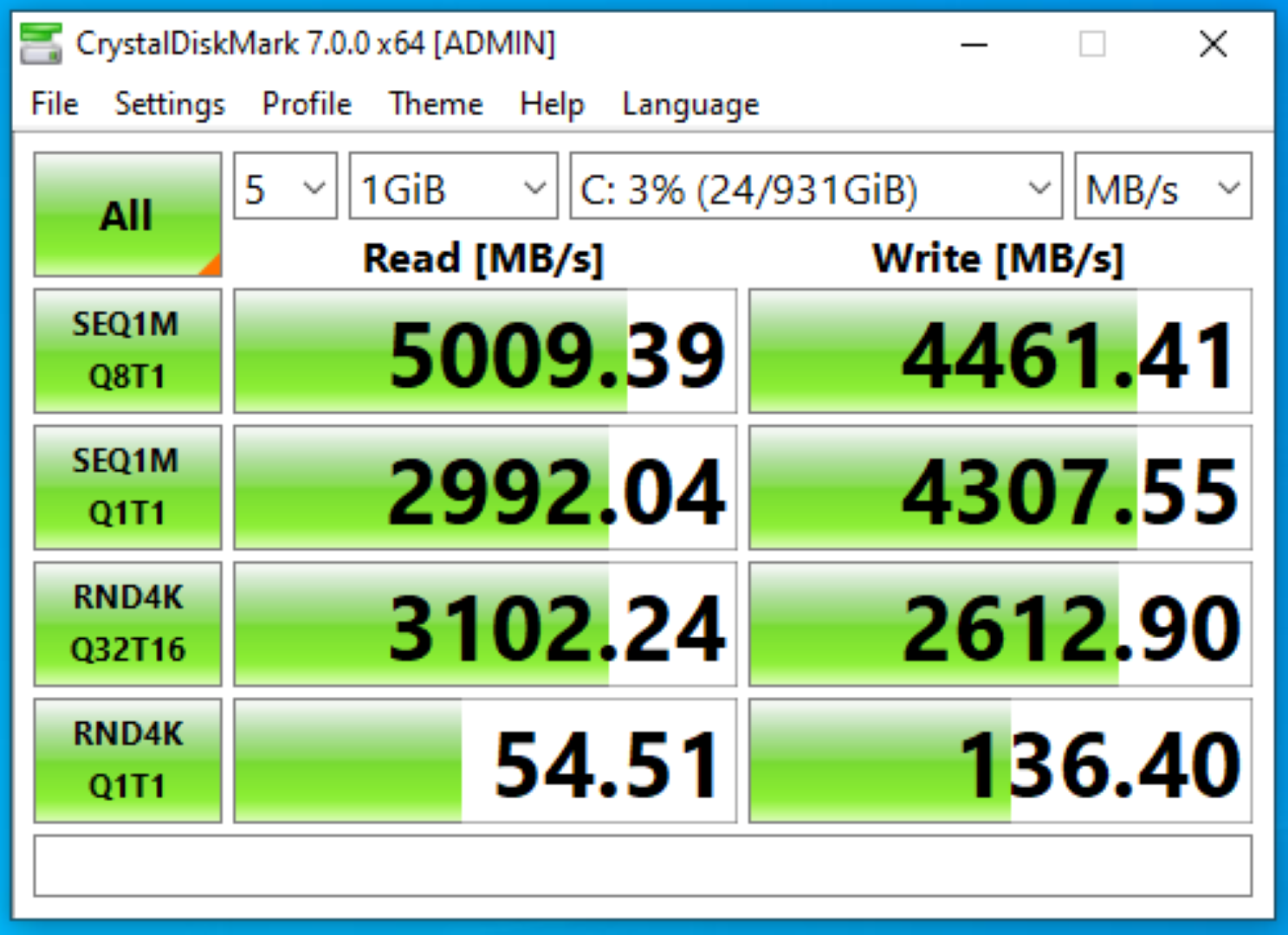
How did the other drives in our line-up compare? The speed difference is shocking. Listed from left to right we have the: HP EX900 Gen3.0 x4 NVMe (250GB), Team Group L5 3D 2.5″ SATA III SSD (120GB), and Western Digital Velociraptor 10K RPM (160GB).

To illustrate the CrystalDiskMark benchmark performance better, we will give you a graph.
Next we will take a look at two very critical aspects of overall desktop performance. The boot time from pressing the power button to reaching your desktop is something we all care about. How important is hard drive speed when it comes to boot time? In the graph below we answer that question as well as look at how long it takes to move a 6GB file.
As we might expect, the hard drive speed has a dramatic impact on both the boot time and file transfer speeds.
We decided to test a few common computer benchmarks to see if the drive would make a difference in the overall score. As you can see below, there was no realistic gain in performance from drive speed in these benchmark programs.
Lastly we wanted to take a look at the heat response of this drive. To evaluate the heat output we put the drive under the worst case scenario. There was no air flow at all used for this test. We ran Crystal Disk Mark 15 times in a row and watched the heat values in HWInfo and in the Team Group SSD Toolbox.
The results are surprising. The idle temperature is around 38C with the stock heat sink. Installed just as it ships, with the stock heat sink, the Team Group drive reached a temperature of 97C and was throttling most of the time. For comparison the HP drive reached 88C and was also throttling.
When we added the motherboard heat sink, both drives stopped throttling but the temps are still higher than we expected. Both drives heated up quickly but stayed around 65-70C for the duration of our torture test.
![]()
Our experience with the Cardea Zero Z440 is overall very positive. In terms of raw performance, Team Group delivers what it promises. Out of all the generation 4 SSD’s on the market today, it’s performance numbers ranks it up with the current fastest models.
Whether or not your system can use all the of the speed inherent in Generation 4 will depend greatly on the usage. We observed super fast boot times and incredible file transfer speeds with this NVMe drive but generally speaking most applications won’t be able to utilize the enhanced speed that generation 4 has to offer.
Some may see the lack of a large heatsink as a potential downside to the drive, however, we see it as a selling point. Disassembling a newly purchased NVMe drive and potentially damaging it as well as putting the warranty into question is not a good idea. Team group saves you money here and makes it perfect for clean installation with factory motherboard heatsinks.
The Cardea Zero Z440 is competitively priced at $189.99. Looking at Newegg for other Generation 4 SSD’s we find the price ranges from $189.99 up to $249.99. Given the price point and design style, we feel this drive is a big success for Team Group and would make a nice addition to any gaming system.
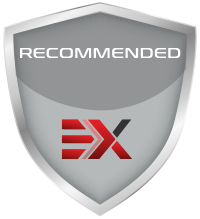
Want to discuss this product or give your views and feedback from your own usage? Discuss on the ExtremeHW Forums
Like our content? Please consider Donating to help us to continue our writing.




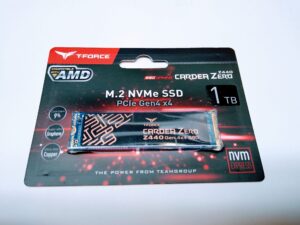
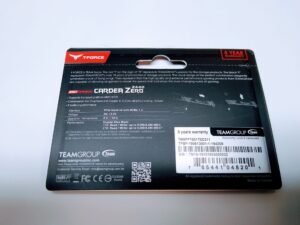
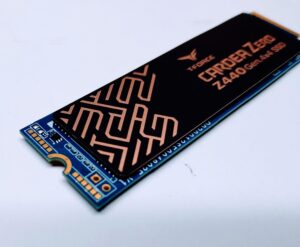
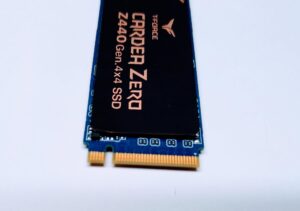
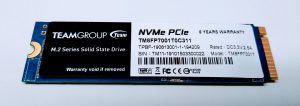
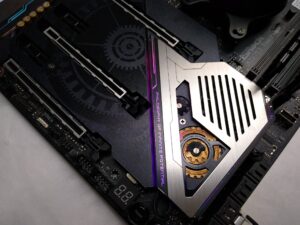
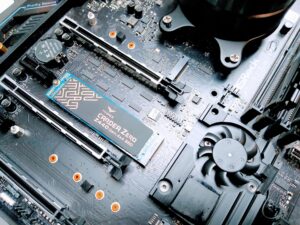
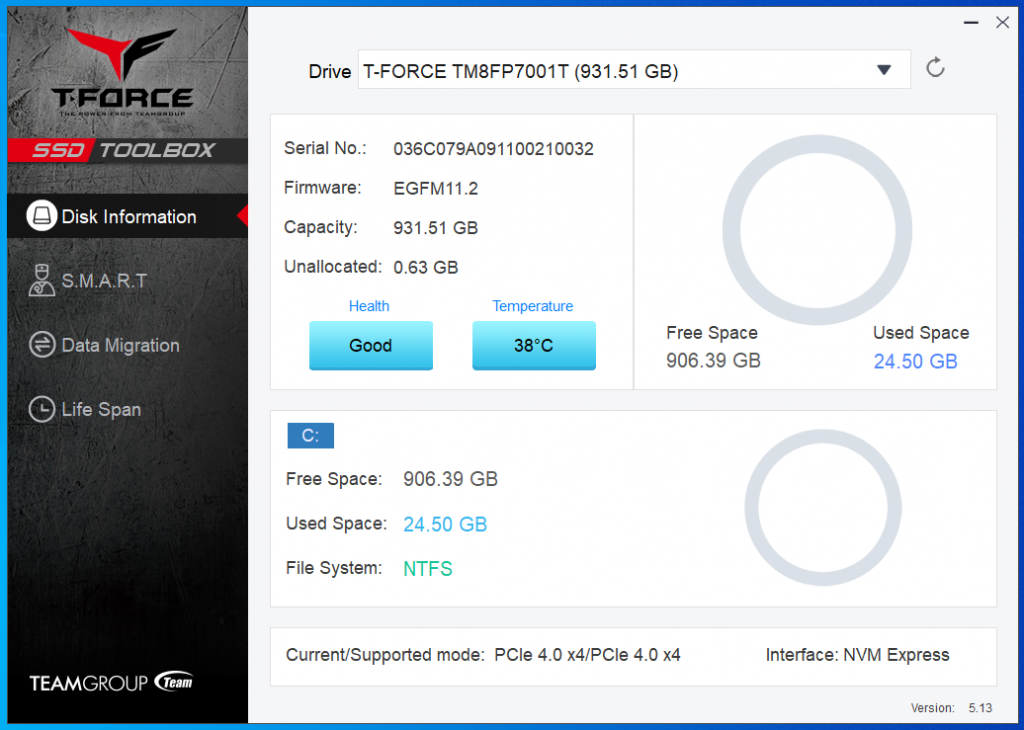


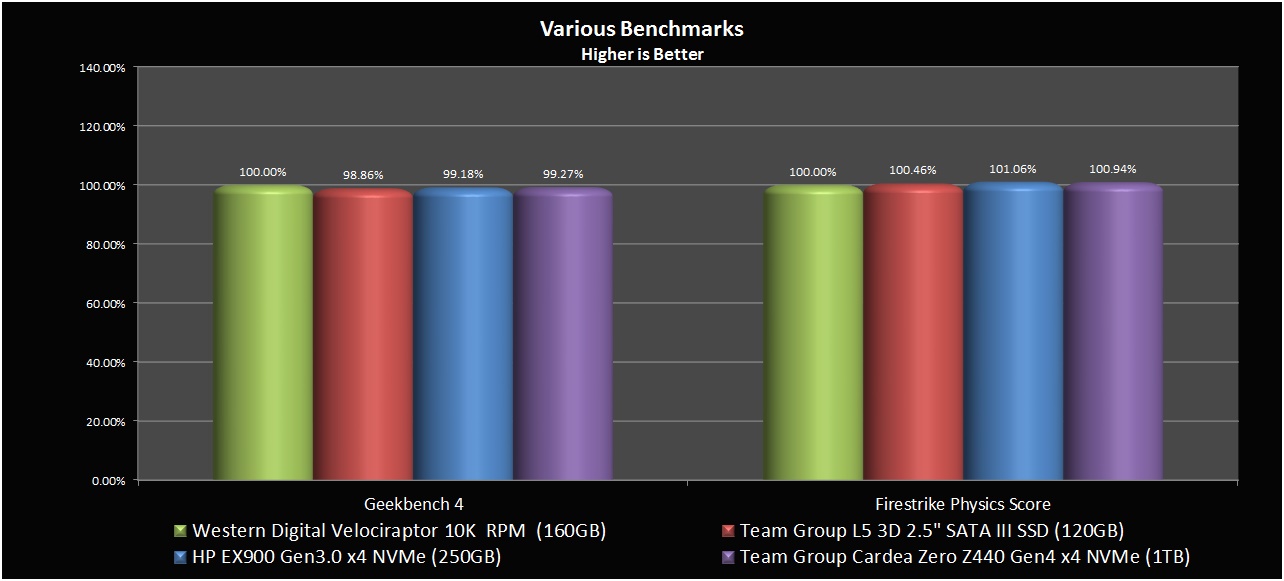

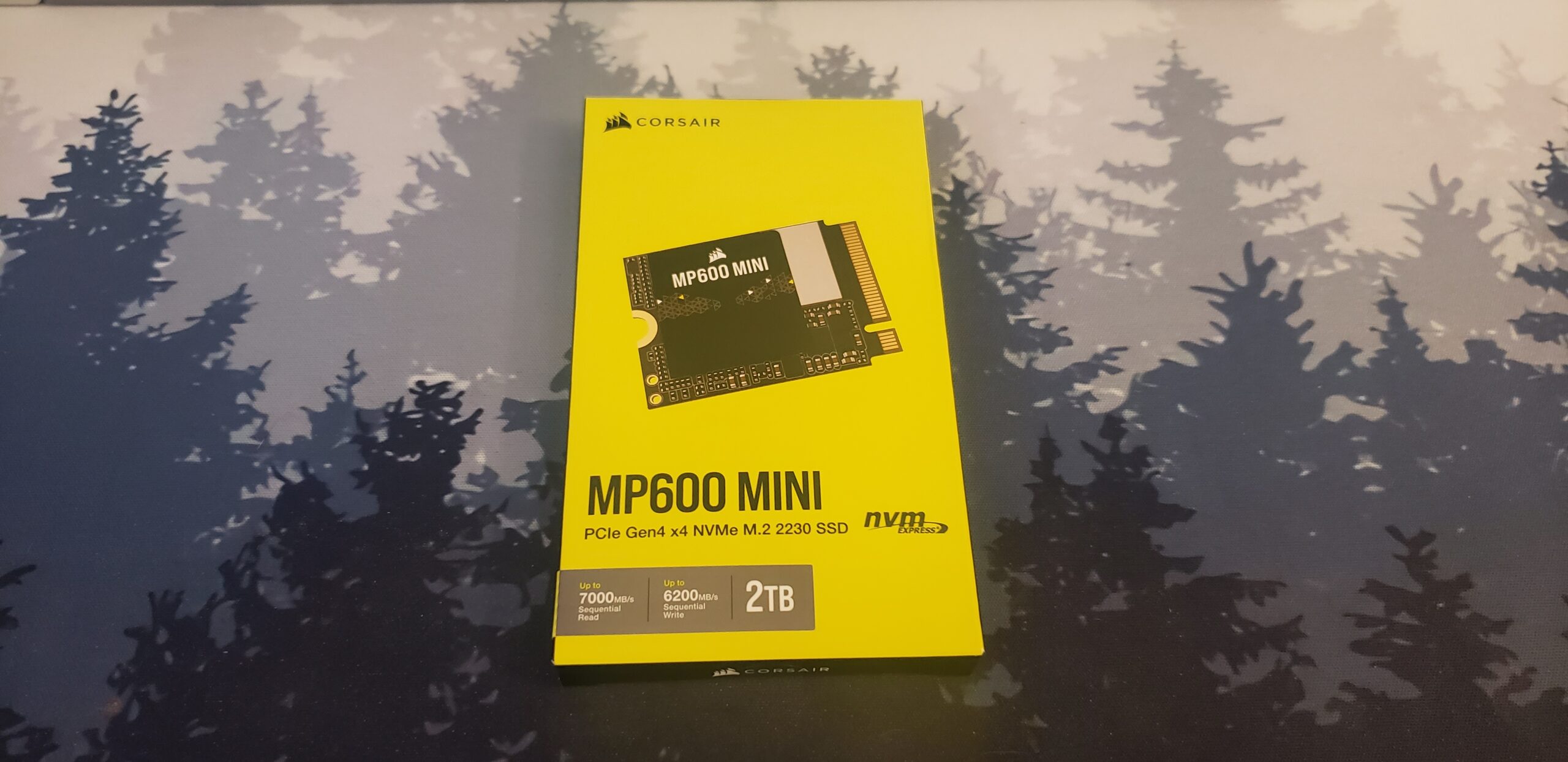
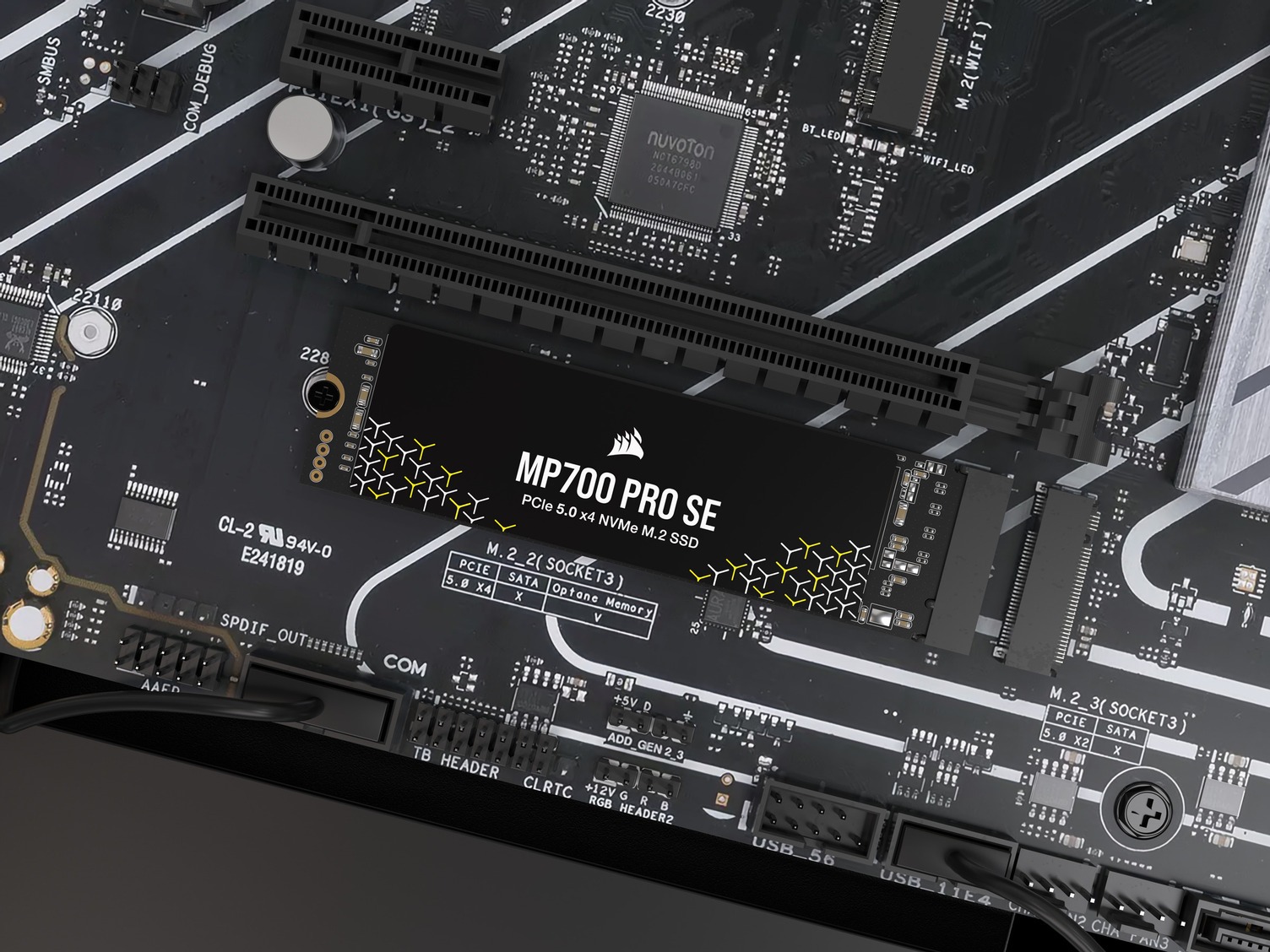
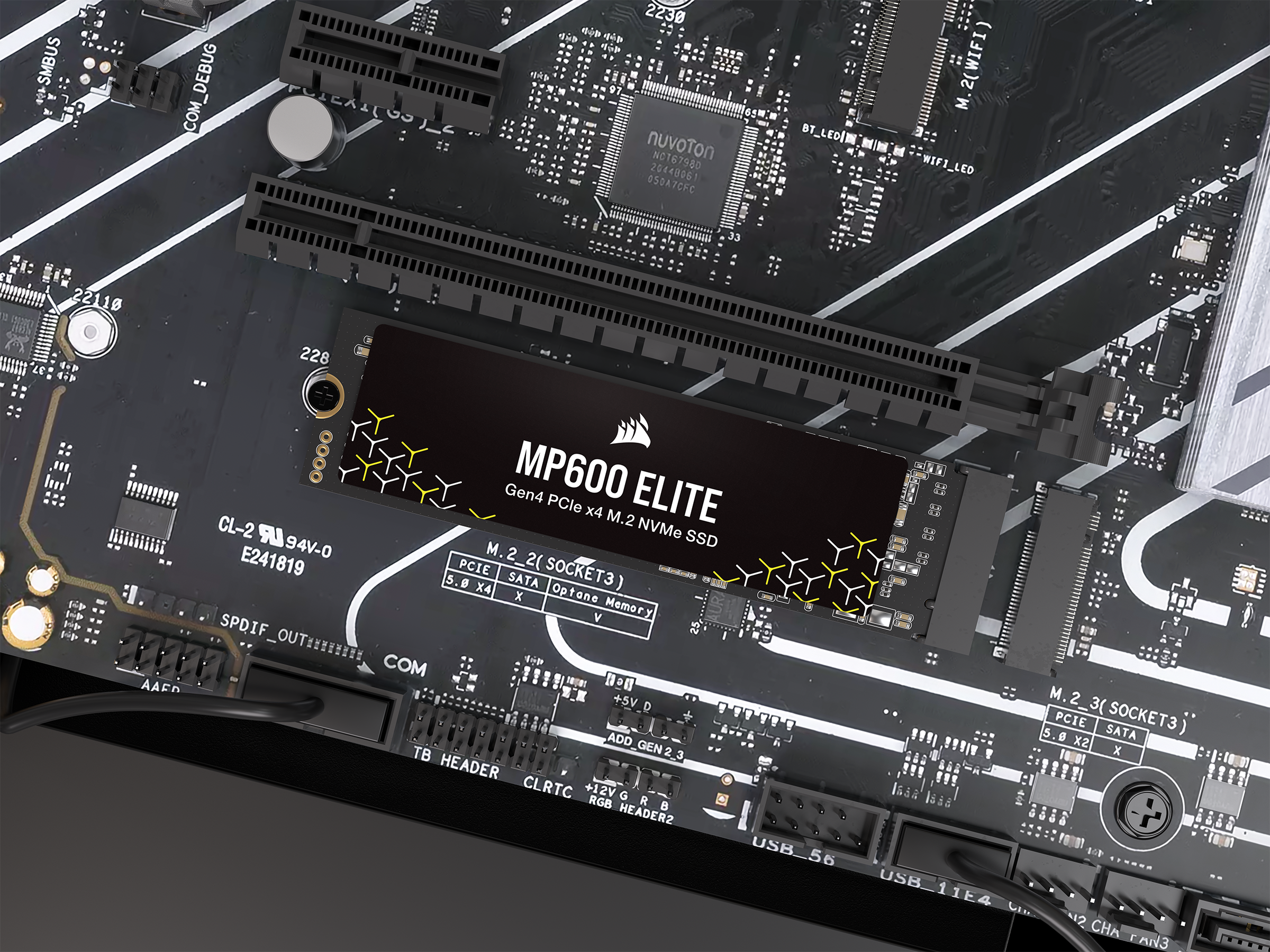
This Post Has 0 Comments